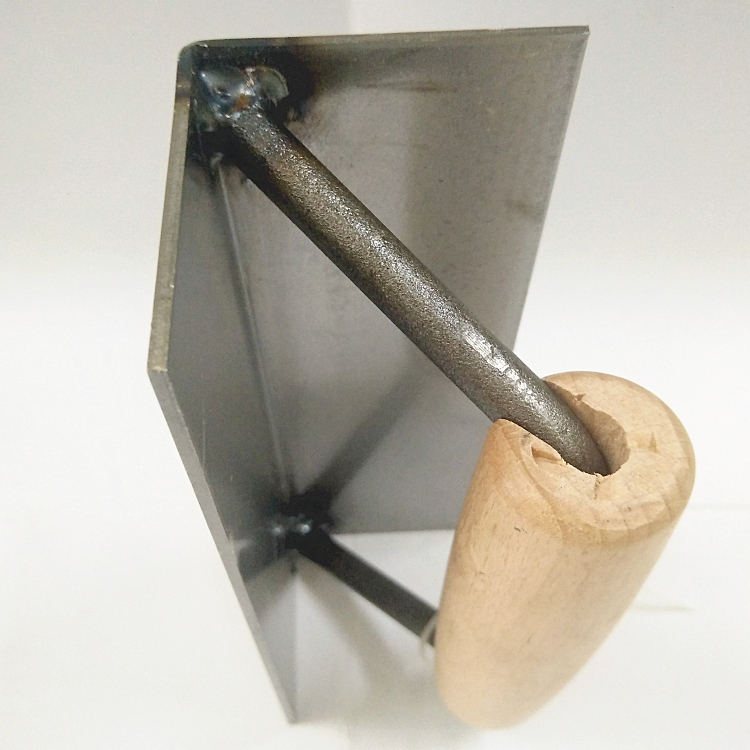Maintaining wooden tool handles is essential to ensure their longevity and optimal performance. Weathering, moisture, and wear can take a toll on wooden handles over time, but with proper preventive care, you can keep them in excellent condition. Here’s a guide to maintaining wooden tool handles:
1. Weathering and Moisture: Wooden handles can be affected by changes in humidity and exposure to moisture. To prevent weathering and deterioration:
- Store Indoors: Whenever possible, store your tools indoors in a dry and climate-controlled environment. Avoid leaving them exposed to the elements.
- Use Tool Racks: Install tool racks or hangers to keep your tools off the ground and away from damp or wet surfaces.
- Regular Cleaning: Clean the handles with a slightly damp cloth to remove dirt and debris. Dry them thoroughly afterward.
2. Preventive Finishes: Applying a protective finish to your wooden tool handles can greatly extend their lifespan:
- Wood Finishes: Apply a wood finish like varnish, oil, or wax to protect the wood from moisture and wear. Reapply the finish periodically as needed.
- Linseed Oil: Linseed oil is a traditional wood treatment that helps repel moisture and enhances the wood’s natural beauty.
3. Regular Inspections: Regularly inspect your tool handles for signs of wear, cracks, or splinters. Address any issues promptly to prevent further damage.
4. Handle Guards: For certain tools, consider using handle guards or covers made from rubber or plastic. These can protect the handle from impacts and wear.
5. Hanging and Storage: Proper storage and hanging techniques can minimize wear and tear on your tool handles:
- Hang Tools Properly: Hang your tools by their handles to prevent them from resting on the ground or against other surfaces.
- Avoid Overloading: Do not overload racks or hooks, as excess weight can cause handles to warp or bend.
6. Handle Maintenance: Regularly check the tightness of handle attachments. If handles become loose, reattach them securely using glue, nails, or wedges as appropriate.
7. Avoid Extreme Temperatures: Avoid exposing your tools to extreme temperatures or rapid temperature changes, as these can cause wood to expand or contract, leading to cracks and warping.
8. Handle Replacement: If a handle becomes extensively damaged, consider replacing it with a new one. This ensures the safety and effectiveness of the tool.
9. Proper Use: Use your tools properly and avoid excessive force that could strain the handles.
10. Custom Cases: For valuable or delicate tools, consider creating custom cases or storage solutions that provide extra protection during storage and transportation.
Taking the time to maintain your wooden tool handles through preventive care can greatly extend their lifespan and keep your tools functioning at their best. With proper care, you can enjoy the beauty and functionality of wooden handles for years to come.


